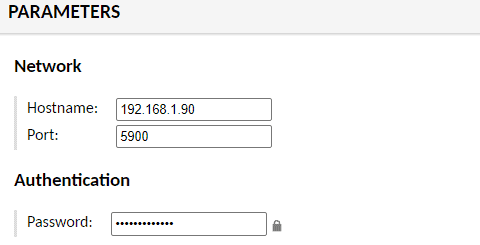
#Makemkv linux mind install install
Lastly, compile and install MakeMKV with makepkg. Next, use the Git tool to clone the latest version of the MakeMKV AUR snapshot. Start off the installation process by syncing the latest version of the Git program to your PC with Pacman.
#Makemkv linux mind install software
Install the makemkv-bin part of the software with: Arch Linux Press Q to close it.Īfter closing the software license, write “yes” to confirm it. Press END on the keyboard to skip to the bottom of the software license. Makemkv-oss is built, but the software isn’t installed entirely. Once the files are completely configured, build makemkv-oss: Inside of the build folder, use the wget tool to download the sources for MakeMKV.Įxtract both of the Tar archives into the build folder.ĬD into the makemkv-oss folder, and run the configure script. A folder is important in this case, as there are multiple sources being downloaded. Using the mkdir command, create a new build folder for MakeMKV.

Sudo apt install build-essential pkg-config libc6-dev libssl-dev libexpat1-dev libavcodec-dev libgl1-mesa-dev libqt4-dev zlib1g-dev If you use a different operating system that is lesser known, you’ll need to find the dependencies on your own. In this section of the tutorial, we’ll cover the Ubuntu/Debian dependencies. If you want to use this software, you’ll likely need to build it from source. Not every Linux distribution has a packaged version of MakeMKV. It analyzes optical video disks and allows the user to extract individual video files, audio tracks, and even subtitle files. It’s a straightforward tool that can save DVDs and Blu-rays.

Those looking want to digitize a personal collection of Blu-rays and DVDs to access them on Linux, the best option is MakeMKV.


 0 kommentar(er)
0 kommentar(er)
